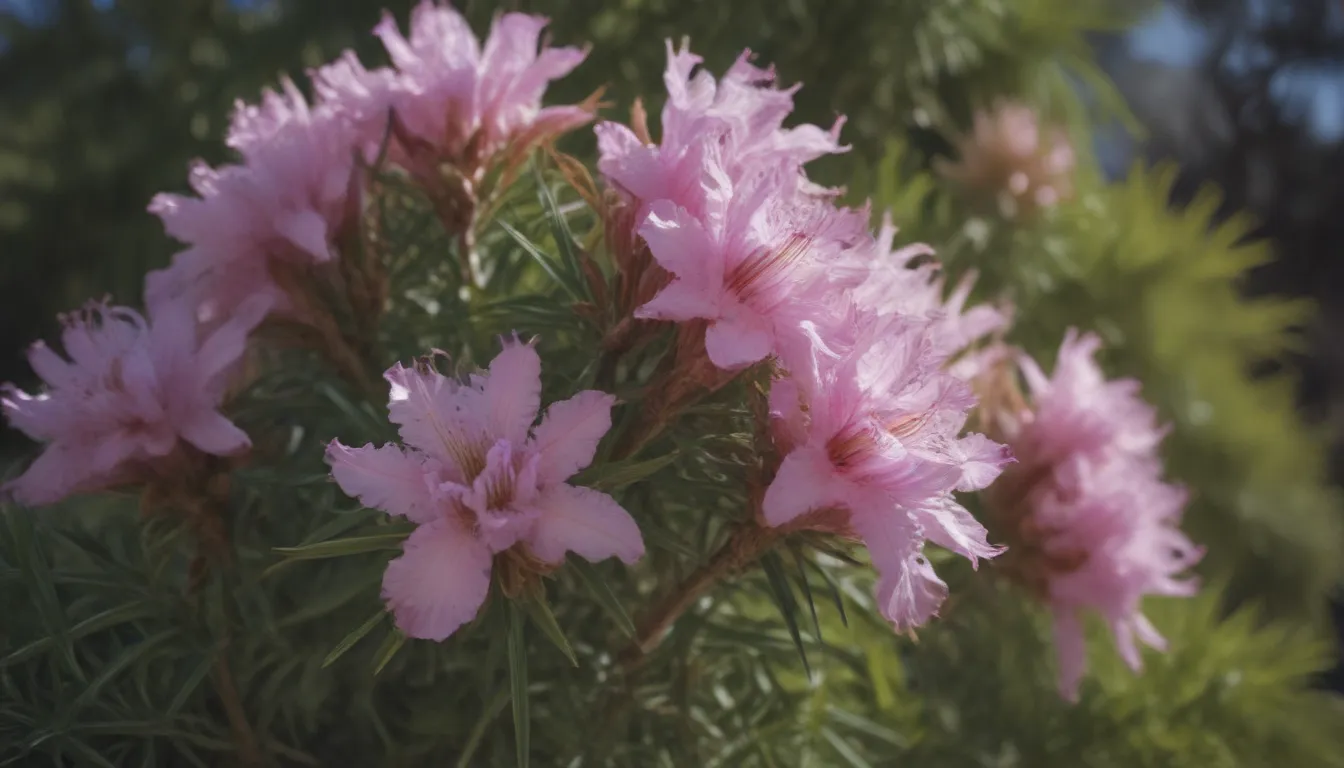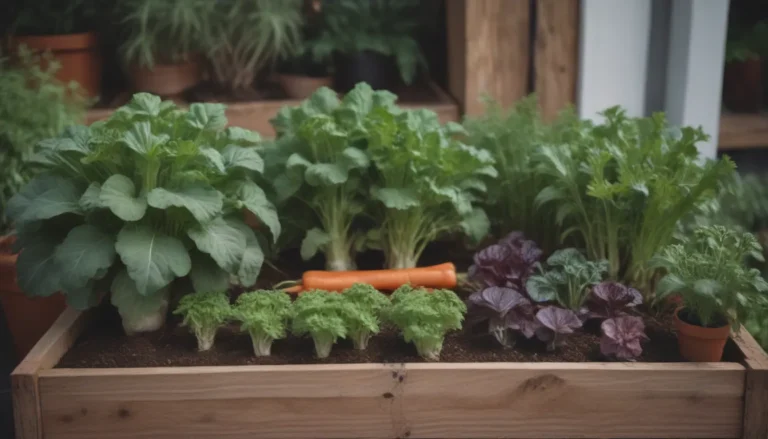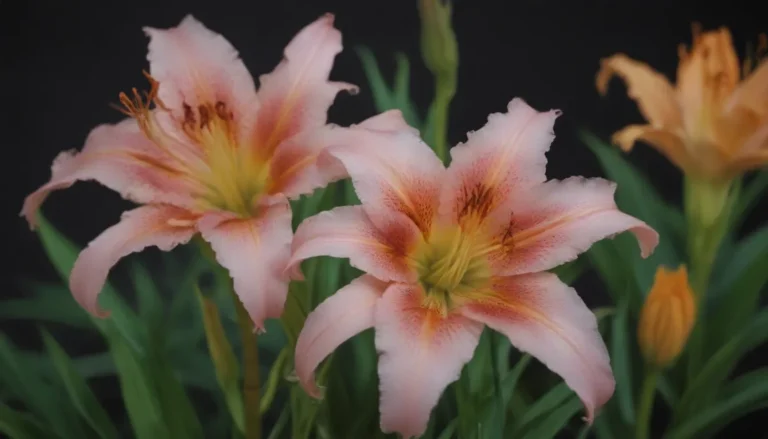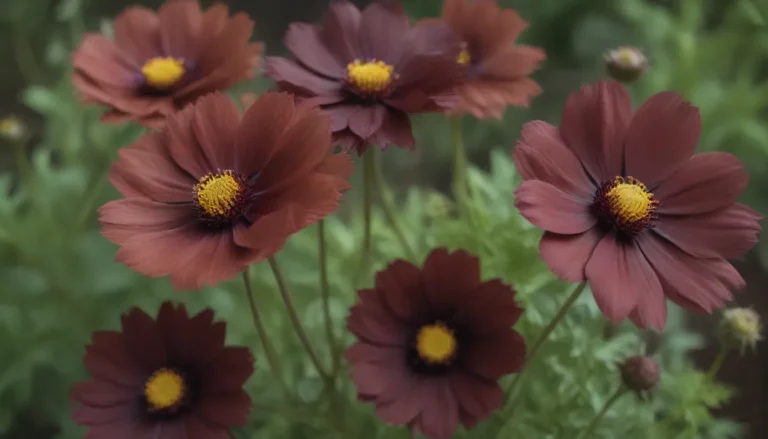How to Successfully Grow and Care for Desert Willow Plants

Are you looking to add a unique shrub to your garden that is low maintenance, attracts beautiful wildlife, and thrives in hot, dry conditions? Look no further than the desert willow (Chilopsis linearis)! In this comprehensive guide, we will explore everything you need to know about growing and caring for desert willow plants to ensure they flourish in your garden.
Understanding the Desert Willow Plant
The desert willow is a stunning shrub that adds interest to any landscape with its vibrant colors, unique form, and impressive size. This plant is not only visually appealing but also attracts butterflies, bees, and birds, making it a valuable addition to any garden. While the desert willow thrives in well-draining soil and requires minimal maintenance, it has a limited tolerance for cold temperatures, so it is essential to choose the right location for optimal growth.
Desert Willow Care Tips
Once you have found the perfect spot in your garden for your desert willow plant, caring for it is relatively straightforward. Here are some essential care tips to help your desert willow thrive:
Light
Desert willows love sunlight and thrive in full sun conditions. To ensure the best bloom production, make sure your plant receives at least six hours of direct sunlight per day. Shady areas may result in reduced blooming, so placing your desert willow in a sunny spot is crucial.
Soil
These plants grow well in well-draining soil with a slightly higher pH. You can test your soil’s pH at home and make adjustments as needed. Once established, desert willows become more adaptable to different soil conditions, particularly in terms of moisture levels.
Water
While desert willows can withstand dry conditions and drought once established, it is essential to provide regular watering during dry periods. Water your plant a few times per month, but rest assured that desert willows are excellent choices for xeriscaping due to their drought tolerance.
Temperature and Humidity
Desert willows thrive in hot, dry climates and may struggle in cooler regions. To mimic their native conditions, consider incorporating elements like pavers, stones, or boulders into your landscape. If you live in a colder climate, there are hardier cultivars available that may better suit your environment.
Fertilizer
Unlike many plants that benefit from fertilization, desert willows do not require additional fertilizer. In fact, fertilizing these plants can lead to excessive growth and weakened limbs, making them more prone to breakage. It is best to avoid fertilizing your desert willow to ensure its long-term health.
Types of Desert Willow Plants
There are numerous cultivars of desert willows available, each showcasing unique colors, shapes, and sizes. Some popular cultivars include:
- Chilopsis linearis ‘Lopur’
- Chilopsis linearis ‘Lucretia Hamilton’
- Chilopsis linearis ‘Warren Jones’
- Chilopsis linearis ‘Monhews’
These cultivars offer a variety of options for gardeners looking to add a desert willow to their landscape.
Pruning and Propagating Desert Willow Plants
Pruning and propagating desert willows are essential steps in maintaining healthy and vibrant plants. Here are some tips on how to properly prune and propagate your desert willow:
Pruning
Regular pruning helps keep your desert willow tidy and encourages new growth. You can also choose to leave your plant unpruned to provide habitat for wildlife. The decision to prune your desert willow ultimately depends on your desired aesthetic and the plant’s intended function.
Propagating
You can propagate desert willows through cuttings or seeds. While propagating by seed is the preferred method, propagating by cuttings allows for the creation of mature plants that are exact clones of their parent plants. Both methods can be successful in creating new desert willow plants for your garden.
Common Pests and Diseases
One of the advantages of growing desert willows is their resistance to pests and diseases. However, if your plant does encounter any issues, they are typically minor and easy to manage. Aphids are the primary insect pests that may affect desert willows and can be controlled with a gentle spray of water.
Encouraging Bloom in Desert Willow Plants
Desert willows typically bloom in the months of May and June, with flowers continuing to appear throughout the summer and into fall. To encourage more blooms, allow the plant to dry out between waterings and avoid overwatering or fertilizing. After the blooming season, trim back the plant to promote new growth and prepare it for winter dormancy.
Common Problems and Solutions
While desert willows are hardy plants, they may experience issues related to watering. Wilting and yellowing leaves are signs of overwatering, so it is essential to allow the soil to dry out before watering again. Adding compost around the roots can improve drainage and prevent root rot.
In conclusion, growing and caring for desert willow plants is a rewarding experience that can enhance the beauty of your garden while attracting beneficial wildlife. By following these care tips and best practices, you can enjoy vibrant blooms and healthy plants for years to come. So, why not consider adding a desert willow to your garden today and watch it thrive in the warm, sunny conditions it loves!





